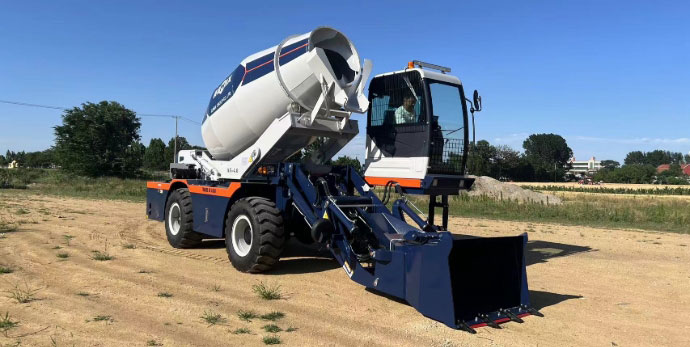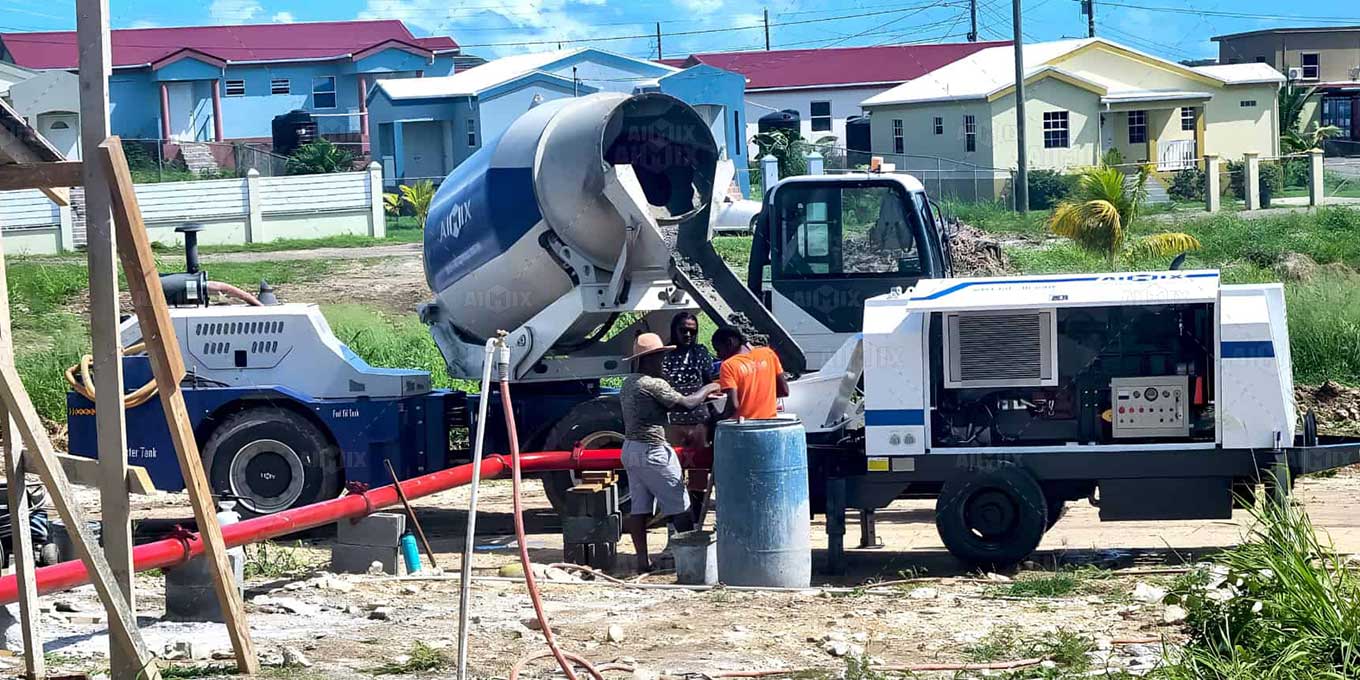The evolution of self-loading concrete mixers has entered an exciting phase where incremental improvements collectively create transformative results. Modern units now incorporate a symphony of technological advancements that elevate concrete quality from merely acceptable to consistently exceptional. These enhancements on self loading mixer concrete address every stage of the mixing process - from material collection to final discharge - creating a seamless workflow that minimizes human error while maximizing output quality.
What makes today's self-loading mixers truly remarkable is their ability to maintain precision in challenging job site conditions. Where traditional equipment might compromise on consistency when faced with variable aggregates or tight schedules, the latest generation of intelligent mixers adapts and compensates. This technological leap forward doesn't just improve concrete quality; it redefines what contractors can expect from mobile mixing solutions, particularly for critical applications requiring exacting specifications.
The humble loading bucket has undergone a quiet revolution. Contemporary multi-axis articulated designs now feature optimized scoop angles and reinforced cutting edges that cleanly separate aggregates from stockpiles. This precision collection minimizes contamination from underlying layers while maintaining consistent aggregate gradation - a crucial factor for quality concrete production.

Gone are the days of eyeballing bucket loads. Advanced large concrete mixers now incorporate laser-assisted volume measurement during loading, providing real-time feedback to operators about material quantities. This prevents the common issue of overloading that can lead to uneven mixing or excessive wear on drivetrain components.
Modern weighing systems employ redundant load cell configurations that compensate for uneven load distribution during measurement. These systems achieve measurement accuracies within 0.5% of target weights, even when the mixer sits on uneven terrain. Temperature-compensated circuitry ensures reliable performance across the full range of job site conditions.
Sophisticated microwave moisture sensors now analyze aggregates during loading, adjusting water addition calculations in real-time. This eliminates the guesswork from moisture variation - historically one of the most challenging variables to control in field-mixed concrete.
The latest mixer designs feature adjustable-pitch blades that automatically reconfigure based on the mix design. This ensures optimal mixing energy for everything from stiff structural mixes to flowing screeds, maintaining homogeneity without overworking the concrete.
Onboard computers now monitor mixer torque and power consumption as indicators of concrete consistency. The system makes micro-adjustments to rotation speed and duration, creating a feedback loop that consistently delivers the specified workability without operator intervention.

Modern units generate comprehensive electronic batch records including timestamps, material weights, mixing parameters, and even GPS coordinates. This documentation trail provides quality assurance teams with unprecedented visibility into production conditions for every cubic meter poured.
Embedded sensors track component wear patterns and operational stresses, alerting maintenance teams before issues affect concrete quality. This proactive approach prevents the gradual performance degradation that often goes unnoticed until mix quality suffers.
The cumulative effect of these advancements creates a new standard in mobile concrete production. Contractors now have access to mixing precision that rivals stationary concrete batching plants, combined with the flexibility that only self-loading equipment can provide. As these technologies continue to mature, they're not just improving concrete quality - they're transforming how the industry approaches on-site mixing altogether. The future of mobile concrete production has arrived, and it's smarter than ever.